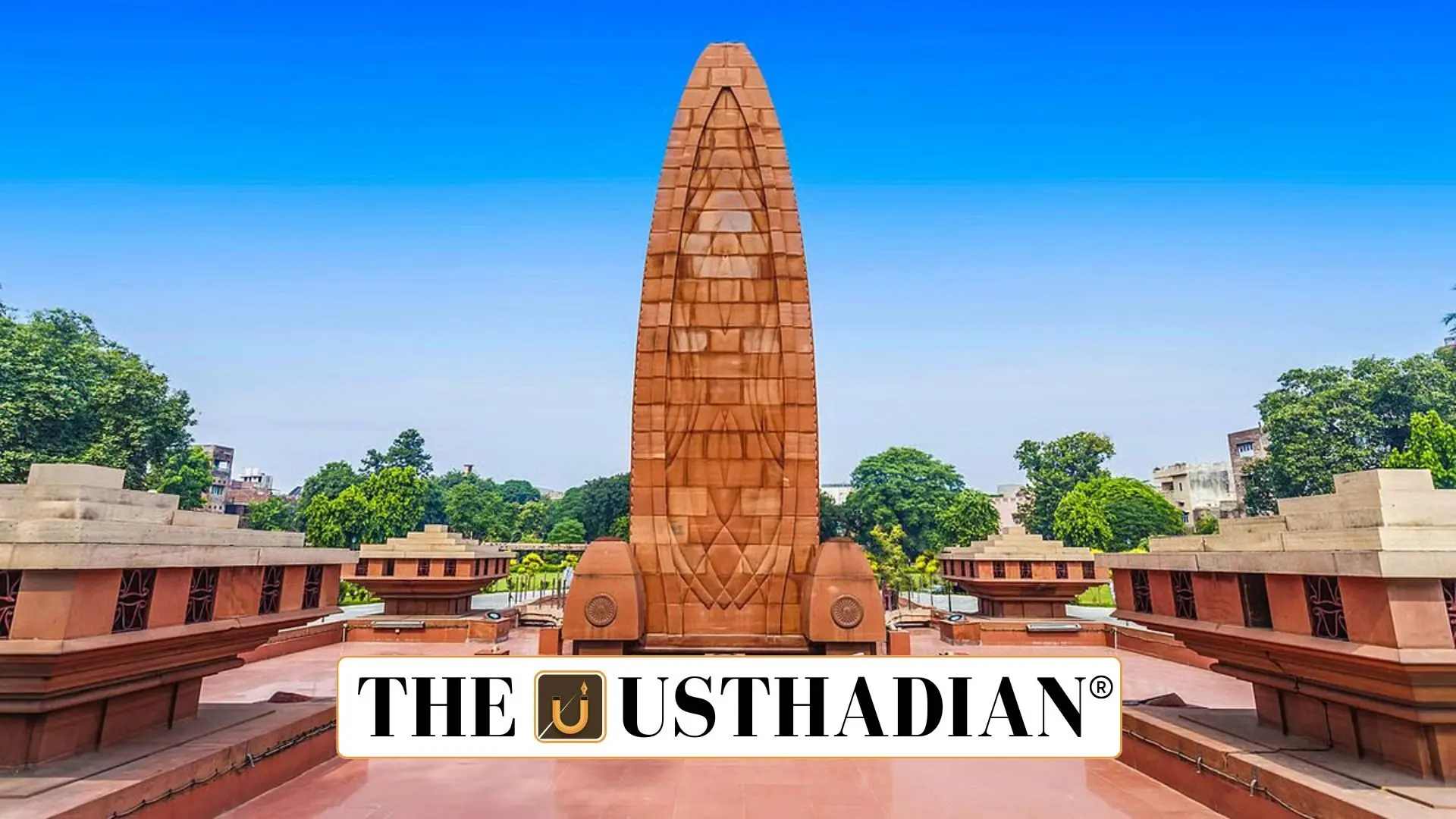The Day That Shook Amritsar
Jallianwala Bagh Tragedy: A Defining Moment in India’s Fight for Independence : On April 13, 1919, as Punjab celebrated the spring festival of Baisakhi, the peaceful atmosphere in Jallianwala Bagh turned into a nightmare. Thousands of Indians had gathered in this enclosed garden in Amritsar to protest against the oppressive Rowlatt Act. Without warning, General Reginald Dyer entered the garden with his troops and ordered them to open fire on the unarmed crowd. With only one narrow exit blocked, there was no escape for the people trapped inside. The firing lasted for about ten minutes, and nearly 1,650 bullets were discharged, leaving hundreds dead and wounded.
The Shocking Toll
The British authorities officially reported 379 deaths, but Indian estimates placed the number at well over 500, including women and children. Over 1,200 people were injured. The garden became a scene of unimaginable horror, with blood-stained walls and bodies strewn across the ground. Many people jumped into the garden’s well in desperation, trying to avoid the gunfire, only to drown. The brutality of the act deeply scarred the nation and revealed the inhuman side of colonial rule.
What Led to the Massacre?
The massacre didn’t occur in isolation. It was fueled by the public anger against the Rowlatt Act of 1919, which allowed the British to detain any Indian without trial. The arrest of leaders like Dr. Satyapal and Dr. Saifuddin Kitchlew further enraged the citizens of Amritsar. British authorities, fearing an uprising, responded with a level of force that shocked even many in Britain. General Dyer claimed he was preventing rebellion, but his actions only ignited a national outcry for justice.
Voices of Protest and Defiance
The massacre triggered widespread reactions across India and the world. Mahatma Gandhi called for a nationwide hartal, encouraging people to fast and pray in solidarity. Nobel Laureate Rabindranath Tagore returned his British knighthood, calling the event a betrayal of humanity. Though the British set up the Hunter Commission to investigate the massacre, General Dyer faced no real punishment. Years later, in 1940, Udham Singh avenged the killings by assassinating Michael O’Dwyer in London, the man who had supported Dyer’s actions.
How the Massacre Changed India
The Jallianwala Bagh massacre became a catalyst for national unity. Many Indians who had once supported moderate reforms lost faith in British intentions. The incident directly led to Gandhi launching the Non-Cooperation Movement in 1920, one of the first major nationwide efforts against British rule. Internationally, the event drew sharp criticism and highlighted the cruelty of colonialism, adding pressure on the British Empire.
Remembering Jallianwala Bagh
Today, Jallianwala Bagh stands as a national memorial in Amritsar. Preserved bullet marks on the walls and the Martyrs’ Well remind visitors of the lives lost. Every year on April 13, people from all over India pay tribute to the victims. The site serves as a symbol of sacrifice and resistance, a constant reminder of the high price paid for freedom and the spirit that refused to be broken.
STATIC GK SNAPSHOT
Jallianwala Bagh Tragedy: A Defining Moment in India’s Fight for Independence :
| Topic | Detail |
| Date of Incident | April 13, 1919 |
| Location | Amritsar, Punjab |
| British Officer Involved | General Reginald Dyer |
| Related Law | Rowlatt Act, 1919 |
| Memorial Site | Jallianwala Bagh National Memorial, Amritsar |
| Key Indian Responses | Non-Cooperation Movement, Tagore’s Protest |
| Revenge by Freedom Fighter | Udham Singh (1940 assassination in London) |








